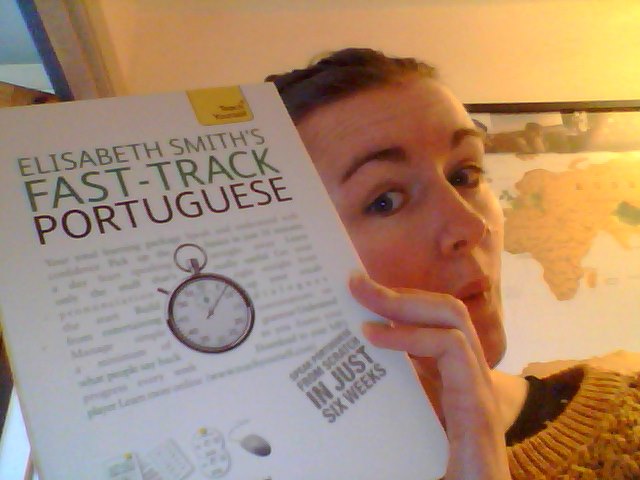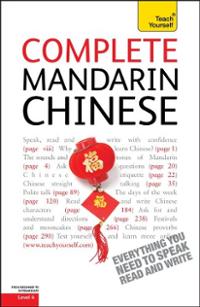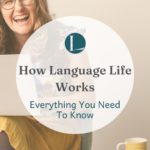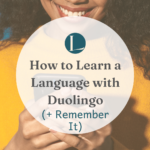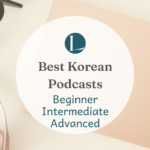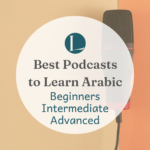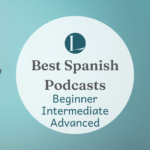March 5th, 2014
Teach Yourself Language Books Review
Teach Yourself are probably my all-time favourite self-study books. Not only do they look pretty lined up in Waterstones, they also actually work! They’re well-structured and vary in amounts of language jargon used depending on which level you opt for. There are a variety of languages and levels available. Today, I’m only going to discuss the titles I’ve used personally.
“Fast Track ___” (Formally “__ In 6 Weeks”)
Their “Fast Track ___” courses are absolutely brilliant for a useful, non-daunting and best of all achievable introduction to a language. They’re also ideal for holiday language. I’ve used their Italian, Portuguese and German courses at this level and enjoyed every one of them, finding a good level of the language and most importantly confidence. All it takes is 35 minutes a day for 6 weeks.
“Complete ____”
via tower.com
The Complete series claims to take you to level 4 in about 20 chapters of CD audio and a book accompaniment. I borrowed a copy from my local library last summer in preparation for a trip to Portugal and I did find it useful. However, I think for a newbie to language learning, the jargon level was perhaps a little too high. In my opinion, this series would be better suited to people who are already competent in at least one other foreign language and confident with grammatical terms.
“Get Started In __”
I’m currently working my way through Get Started In Dutch, which is much more newbie friendly as they’ve lowered the grammar jargon. The one thing I find difficult is that with the edition I have (and this may vary slightly between languages and editions) there does appear to be a habit to introduce words that don’t seem overly relevant for a beginner but hey ho – every little helps I suppose. I also find the need to reinforce my learning with writing tasks I set myself and then post on things like Rhinospike or italki Notebook for some help from native speakers.
The levels each series are aiming to get to to coincide nicely with the CEFR (Common European Framework of Reference for Languages). This is useful if you want to add your new skill to a CV or feel like taking an exam. Overall, Teach Yourself language guides are pretty (not that that helps you to learn a language, but hey!), effective and always my first port of call when I’m beginning to venture into a new language.

